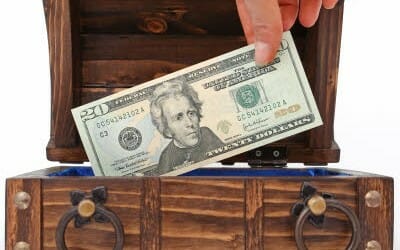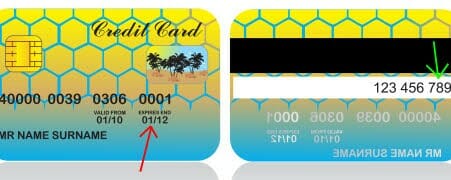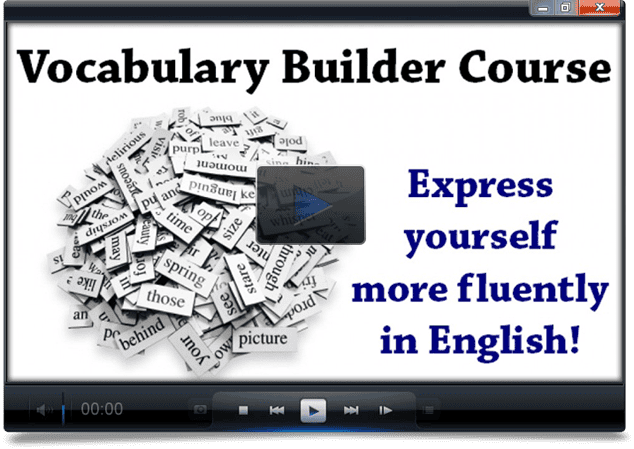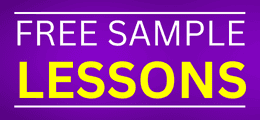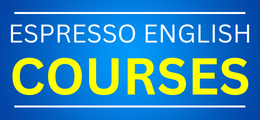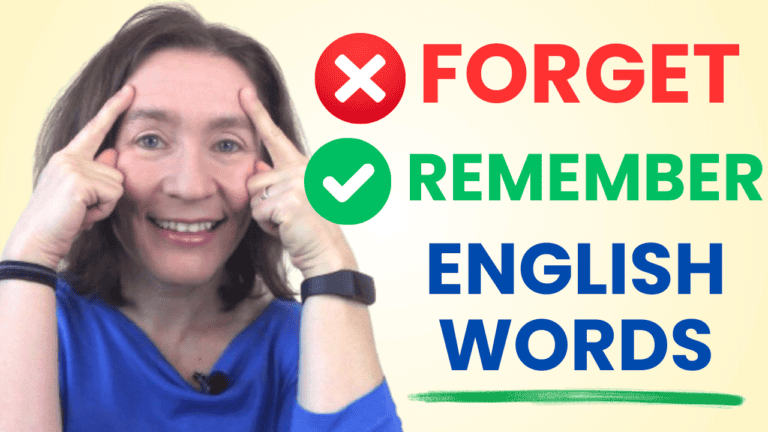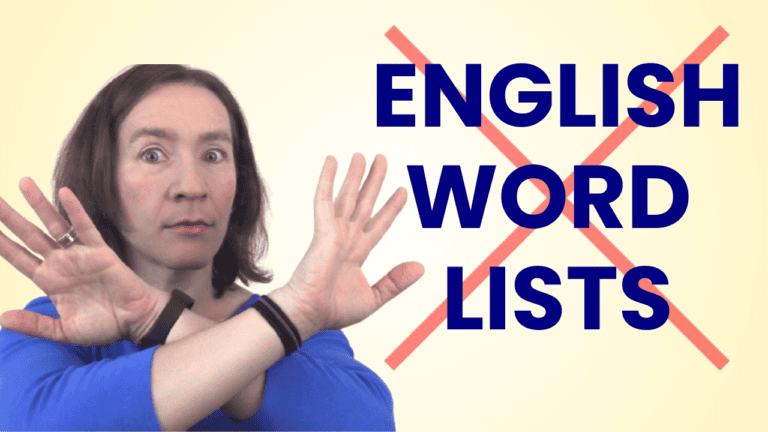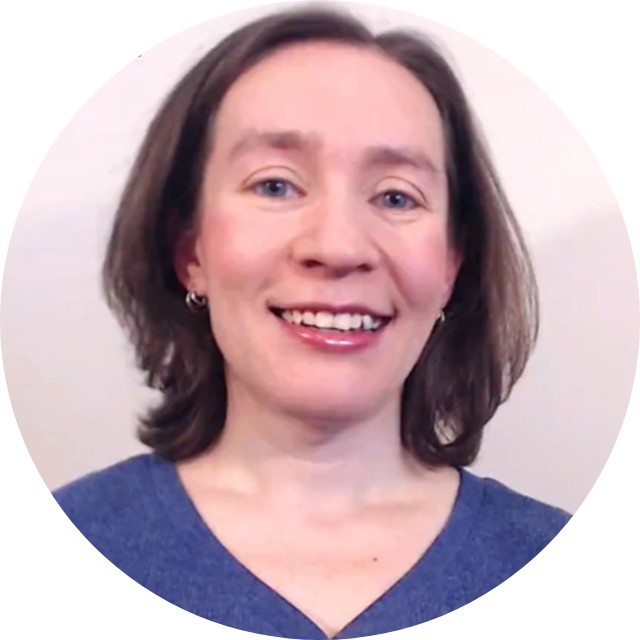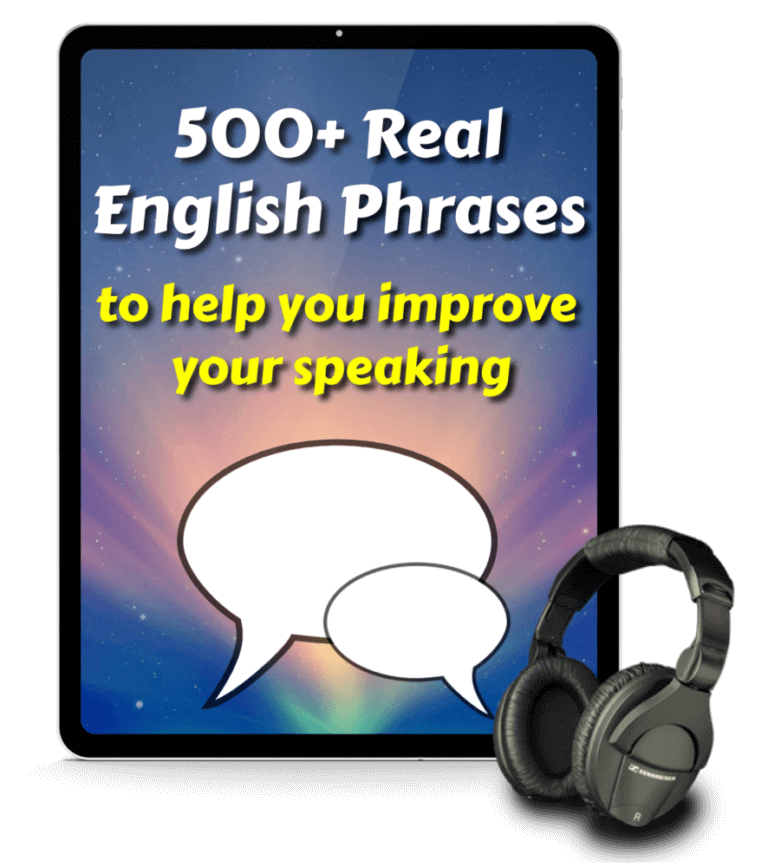1. Open an account
There are three main types of bank accounts:
- Checking – This is an account where you can keep your money and write checks to make payments. Checking accounts are usually used for day-to-day spending.
- Savings – This is an account for keeping money for a long time. You can save money for a car or a house. Savings accounts usually earn interest (a small percentage of extra money that the bank gives you).
- Investment – This type of account puts your money into the stock market. There is some risk, because you might get more money, or you might lose some money.
Every month, you receive a statement (a piece of paper in the mail with a list of all the activity in your account) in the mail or online.
2. Make a deposit or withdrawal
- Make a deposit = put money into the bank
- Make a withdrawal = take money out of the bank
You can make a deposit or withdrawal inside the bank or at the ATM (cash machine).
3. Take out a loan
When you take out a loan, the bank gives you a large amount of money – usually to buy a house or open a business – and you have to pay the money back to the bank over time with interest (a small percentage of extra money). The bank lends you the money; you borrow the money from the bank. Click here to learn more about the difference between lend and borrow.
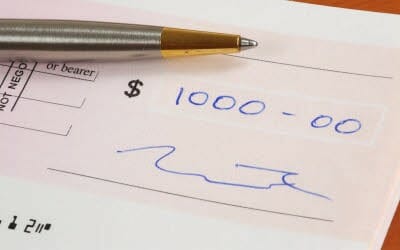
4. Deposit or cash a check
Here are four things you can do with a check:
- Deposit a check = put the money from the check into your bank account
- Cash a check = you give the check to the bank, and the bank gives you the money in cash
- Write a check = when you write a check to pay someone else
- The check bounced = when a check bounces, it means that the person who wrote the check doesn’t have enough money in their account to pay the value written on the check. For example, if I write a check to you for $1000 but I only have $200 in my bank account, that check will bounce.
5. Talk with the teller
The person who helps customers at the bank is called a bank teller or teller. Here’s an example dialogue with the bank teller:
TELLER: Good afternoon. How can I help you today?
CUSTOMER: I’d like to deposit this check into my account.
TELLER: Can I have your card, please?
CUSTOMER: Here you go.
TELLER: And I’ll need a photo ID as well.
CUSTOMER: OK, here’s my passport.
TELLER: Thanks. Here’s your receipt. Is there anything else I can do for you today?
CUSTOMER: No, that’s it. Thank you!
TELLER: Have a nice day!
CUSTOMER: You too.
Other people who work at the bank are the manager (the person responsible for the other workers) and the security guards (the people who keep the bank safe).
6. Apply for a credit card
When you begin the process of getting a credit card, that is called applying for a credit card. A few important things on the credit card are the number (in the picture it’s 40000 0039 0306 0001), the expiration date (the red arrow in the picture. You cannot use the card after this date), and the security code or CCV (the green arrow in the picture).
7. Pay bills
Bills are the pieces of paper with the amount of money you need to pay for services like electricity, phone, water, heat, and internet. You can pay your bills online, by mail, or at the bank. After you pay, you will receive a receipt – a small piece of paper that confirms your payment.
8. Go through the drive-thru
The drive-through or drive-thru is a service that lets you use the bank without leaving your car. You drive up to the window, talk with the teller through a microphone, give her any checks or documents, receive your receipt, and drive away. Drive-thrus are also common in fast food restaurants.


